Normal Tracing Letters worksheets activities for Ages 6-9 - Page 2
31 filtered results
-
From - To
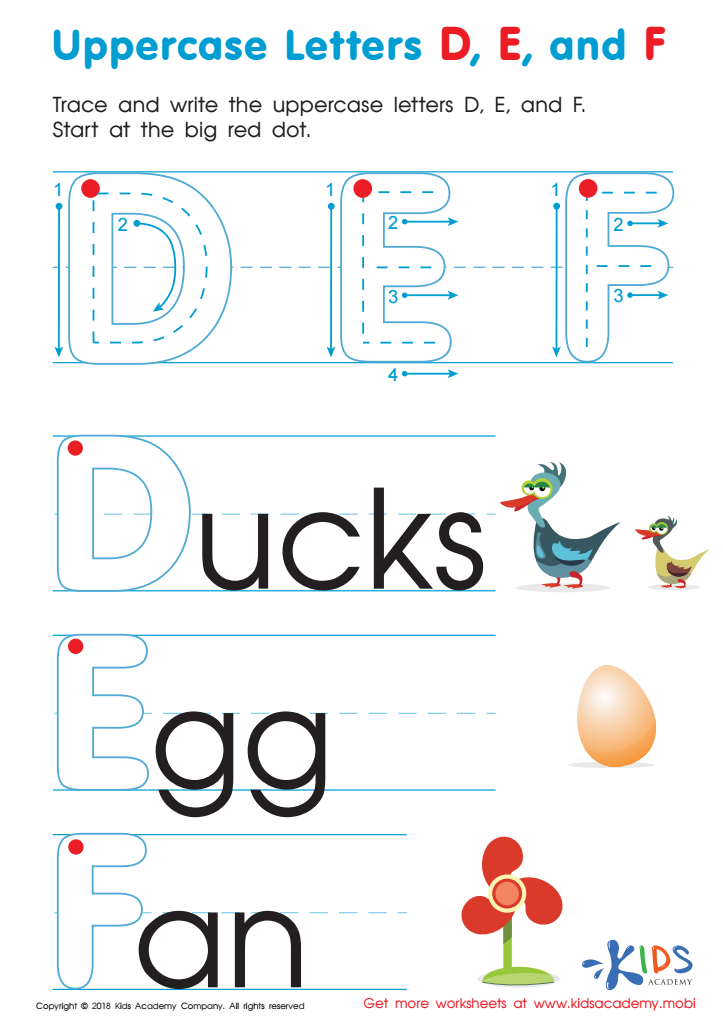

Uppercase Letters D, E, and F Worksheet
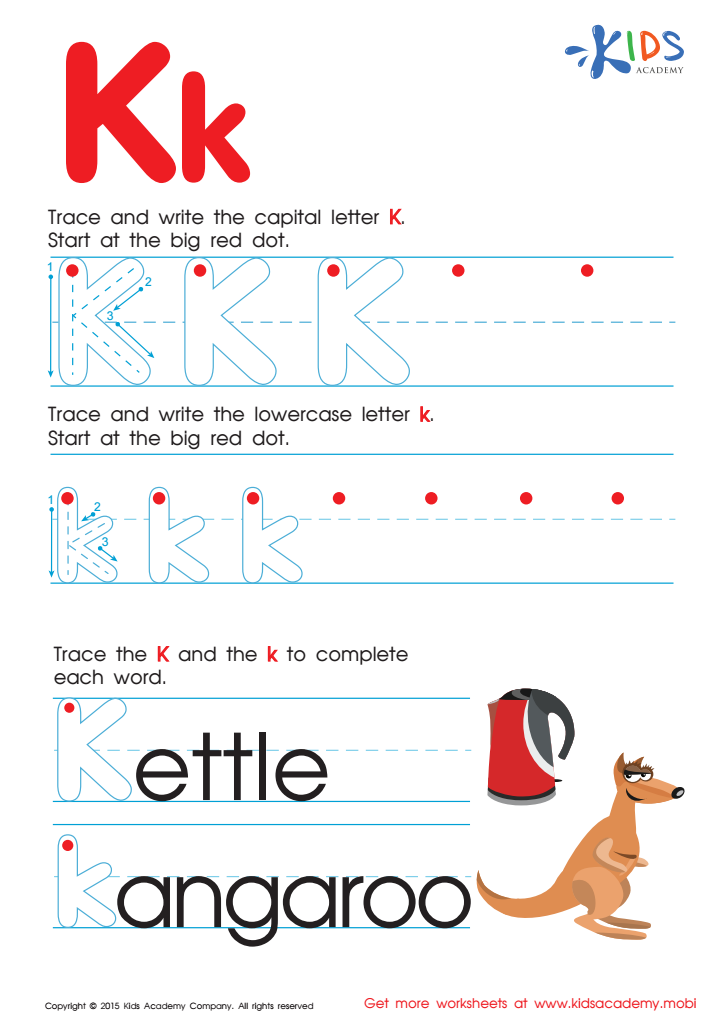

Letter K Tracing Page
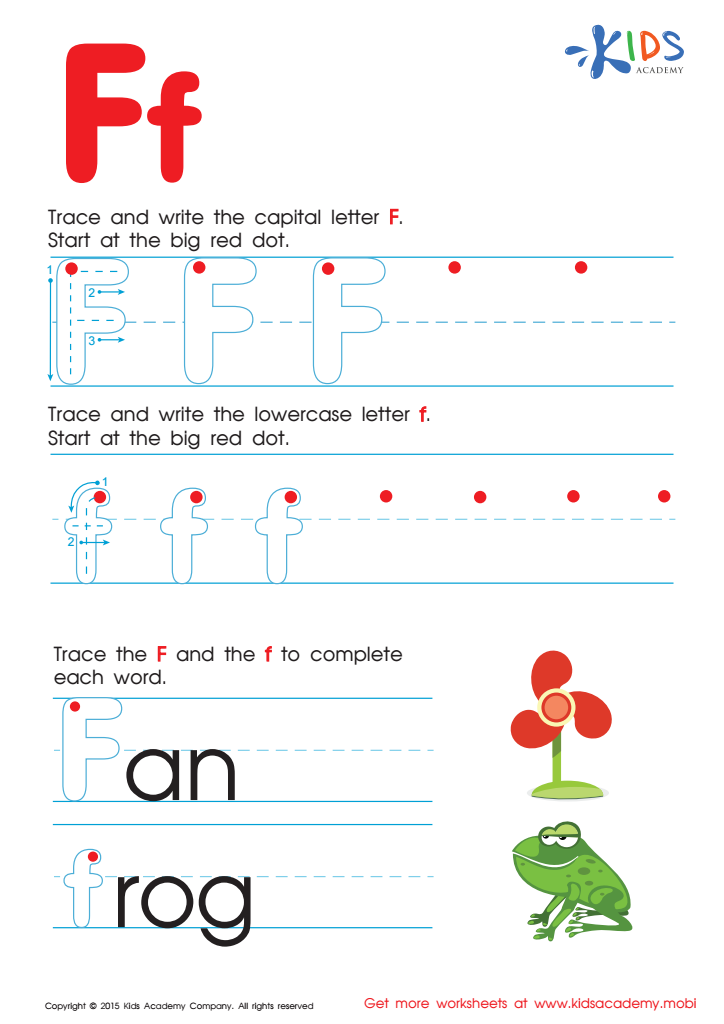

Letter F Tracing Page
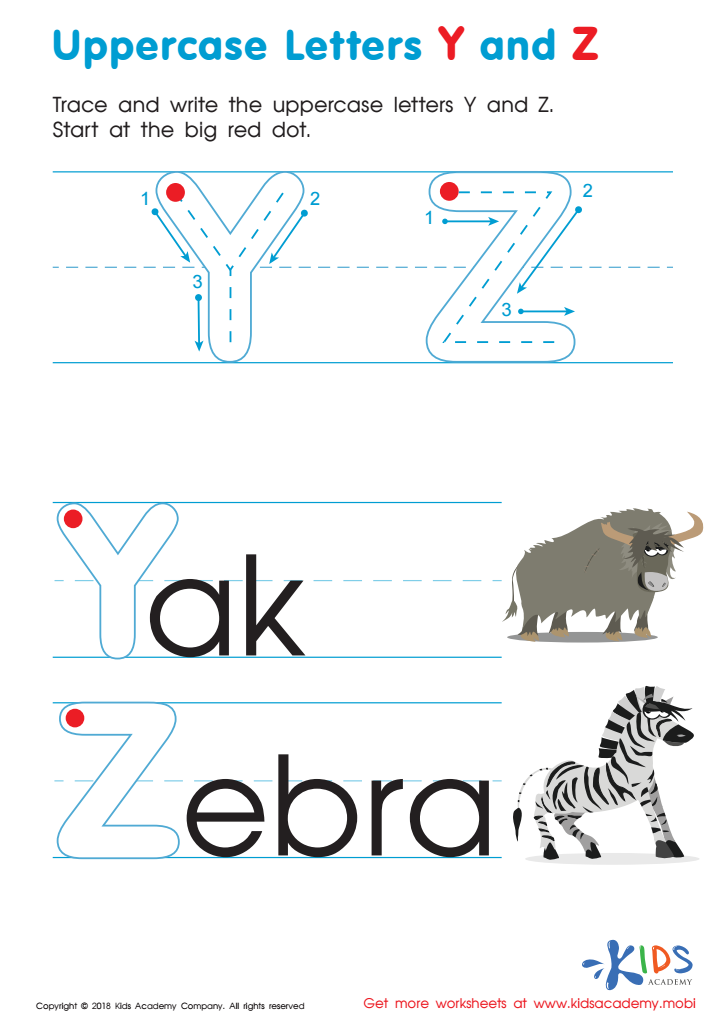

Uppercase Letters Y Z Worksheet
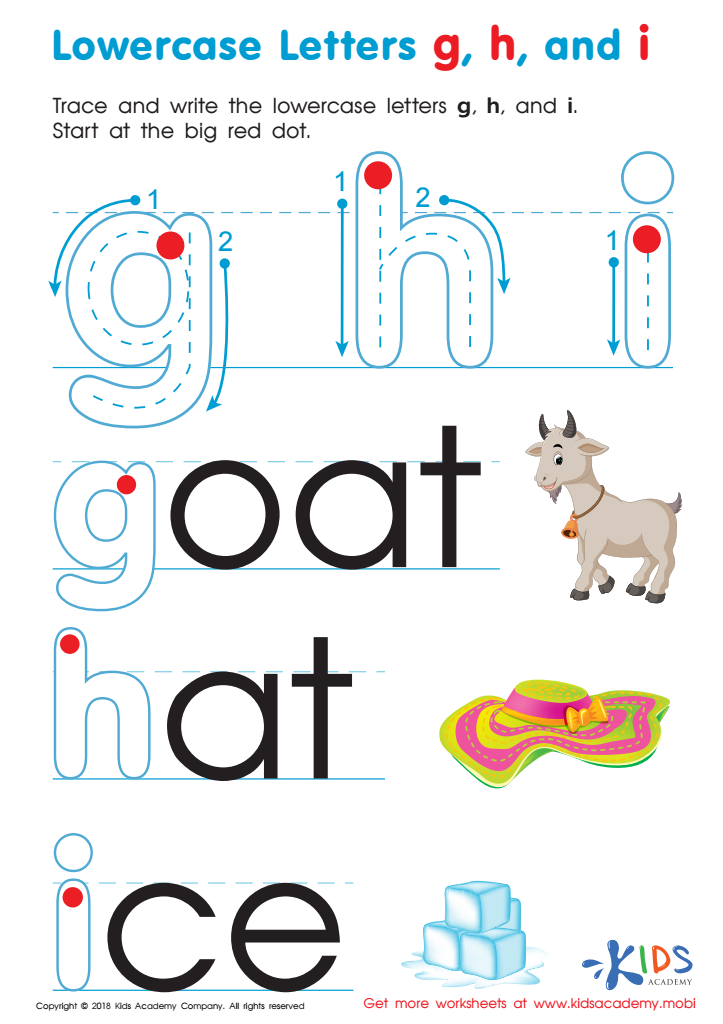

Lowercase Letters g h i Worksheet
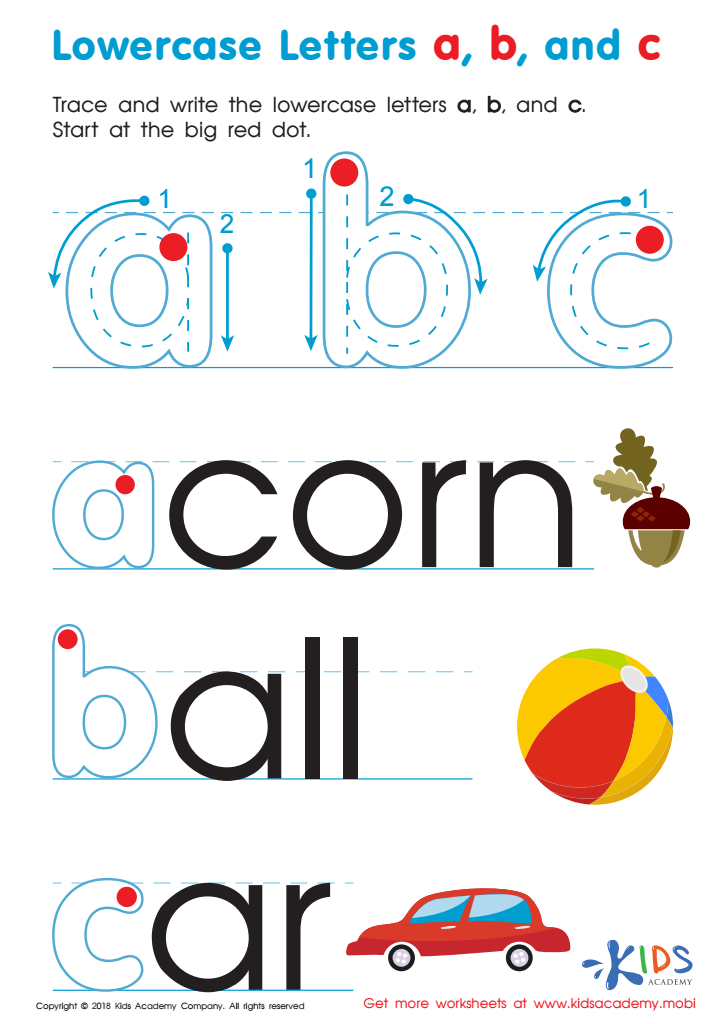

Lowercase Letters a b c Worksheet


Letter D Tracing Page
Normal tracing letters activities for children ages 6-9 are crucial for early literacy development and fine motor skills. During this age, children are mastering the foundational aspects of writing, and tracing letters allows them to understand letter shapes, sizes, and correct formation. These activities engage students in multisensory learning, combining visual, auditory, and tactile experiences which enhance memory retention.
Parents and teachers should care about tracing activities as they cultivate essential skills in a structured yet enjoyable way. As children trace letters, they develop hand-eye coordination and dexterity, essential components of writing fluency. Additionally, tracing encourages correct posture and grip, key to developing good writing habits early on.
Moreover, tracing letters can stimulate reading readiness. As children become familiar with letters, they start recognizing them in different contexts, which is vital for early reading skills. This preparation builds confidence, allowing them to transition more easily to independent writing and reading.
Incorporating normal tracing letters activities supports not only literacy development but also fosters a love for learning. Engaging children in fun and meaningful activities keeps them motivated and excited about their educational journey, laying the groundwork for future academic success.
 Assign to My Students
Assign to My Students













